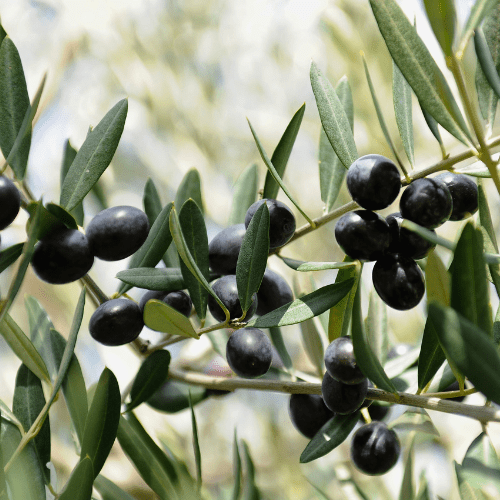Position
Plant a plumcot tree in full sun in a spot sheltered from the wind, if possible. Hot climates, such as Durban, are unsuitable for growing Apricot trees.
Size
Your plumcot tree can grow to about 4 metres tall when mature.
Soil Type
Plumcot trees prefer soil with a pH that ranges from 5.5 to 6.5. The average garden soil is around 6.5 to 7. Add a bag of acid compost to bring the pH down a little.
Mulch
Apply organic mulch to your tree all year round.
Use from 2 to 5 centimetres of pine bark mulch to protect the roots from UV damage and drying out. It retains moisture, and maintains an optimal pH. Do not let the mulch touch the plant stem, as it may cause infection or rot.
Watering
Newly planted trees need frequent watering to establish their root systems. Water them deeply once a week during their first growing season. Ensure the soil stays consistently moist but not waterlogged.
Once established, pear trees are less needy but still require regular watering, especially during dry periods. A mature pear tree generally needs about 1 inch of water per week from rainfall or supplemental irrigation.
Water deeply to encourage deep root growth. Shallow watering can lead to shallow roots, which makes the tree more susceptible to drought. Apply water slowly to allow it to penetrate the soil thoroughly. Drip irrigation systems deliver water directly to the root zone, minimizing water wastage and reducing the risk of fungal diseases that can occur with overhead watering.
The frequency of watering depends on the weather, soil type, and tree age. Sandy soils drain quickly and may require more frequent watering, while clay soils retain moisture longer.
Fertilising
Apply our slow-release all-plant fertiliser. Apply 1 teaspoon every 4-5 months. The roots will absorb what they need.
Alternatively, apply a balanced fertiliser (such as 10-10-10) in early spring before new growth begins. Thereafter fertilise annually in early spring.
Pruning
Cut your tree to about four healthy shoots every winter, and thin out excess and unruly spurs. This encourages fruit and flowers to grow.
Pests and Diseases
Regularly inspect your tree for signs of pests and diseases. aphids, plum mites, and scale insects can infest plum trees. Watch for signs of infestation and remove fallen fruit and debris to maintain good garden hygiene.
Prune trees to improve air circulation and reduce the spread of diseases.
Remove and destroy infected plant debris to reduce disease spread.
Treat promptly or preferably use preventative measures by spray with agricultural Neem Oil or Effective Microorganisms (EM Control)
Thinning Fruit
Thin fruit in early summer when they are small, to promote larger, healthier fruit and prevent branch breakage due to excessive weight.
Harvesting
Plums take 3 to 4 months to ripen after blossoms appear. They will go from being hard and green to purple and relatively soft. They will stay ripe on the tree for about two weeks, after which they’ll be overripe and fall to the ground.






